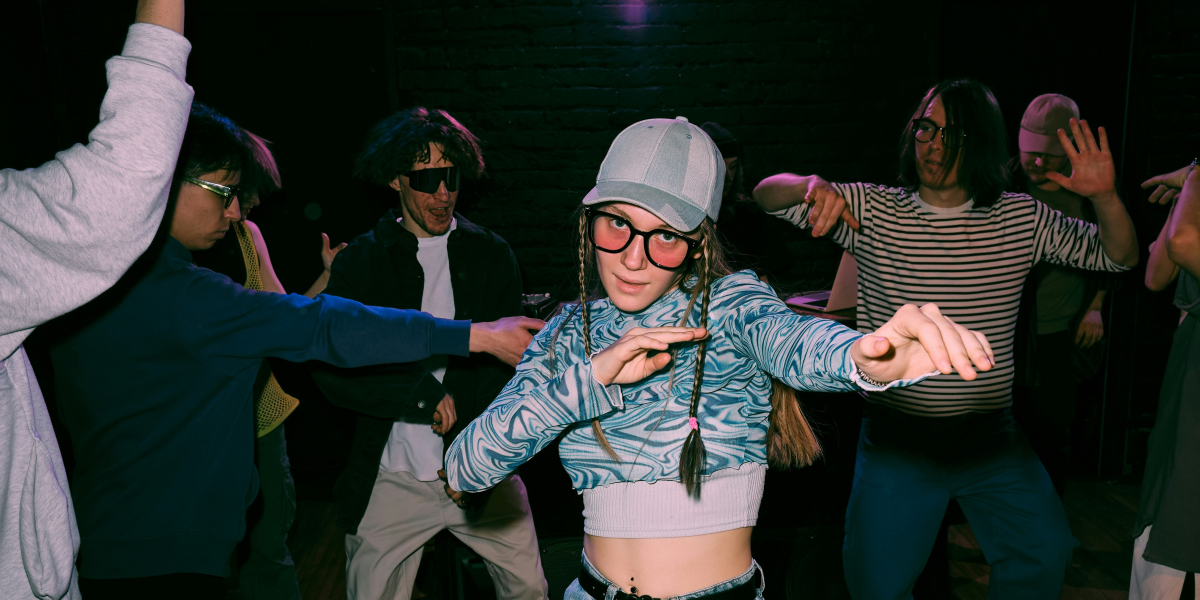How Videography Evolved: From Analog to Digital and Beyond
Videography traces back to the late 19th and early 20th centuries when motion pictures were first introduced. The earliest film cameras captured moving images on photographic film reels, which had to be processed and developed in a darkroom before being projected. The Kinetoscope, introduced by Thomas Edison in 1891, allowed individuals to view motion pictures through a peephole viewer. However, the real turning point came in 1895 when the Lumière brothers invented the Cinématographe, which allowed films to be projected to an audience, laying the groundwork for the film industry as we know it today.
In the following decades, videography advanced with the development of more sophisticated cameras and film technologies. The introduction of color film and sound synchronization with motion pictures significantly enhanced the cinematic experience. Despite these innovations, video production remained labor-intensive and costly, limiting videography’s accessibility to professional studios and filmmakers.
The Transition from Analog to Digital Videography
The shift from analog to digital videography marked a pivotal moment in the industry, fundamentally altering how videos were captured, edited, and shared. Analog video used magnetic tape to record footage; while this was an improvement over film, it still had limitations. Video quality was lower, and tapes degraded over time. Additionally, editing analog footage required physically cutting and splicing tape, making the process cumbersome and time-consuming.
In the 1980s and 1990s, digital video technology emerged, revolutionizing the field. Digital cameras replaced traditional film and analog systems by using electronic sensors to capture images, which could be stored on memory cards or hard drives. This leap allowed for higher image quality, easier editing, and more reliable storage options. Digital editing software such as Adobe Premiere and Final Cut Pro streamlined the editing process, providing filmmakers with more creative control and enabling special effects and computer-generated imagery (CGI).
The digital transition democratized videography by making it more affordable and accessible. With affordable digital cameras and software availability, independent filmmakers, hobbyists, and even home video creators could now produce high-quality videos. This shift opened up new possibilities for content creation, including online video platforms, which significantly altered how people consumed video content.
Technological Advancements Reshaping Videography
Technological innovations continue to drive the evolution of videography, pushing the boundaries of what is possible in visual storytelling. One of the most significant developments in recent years is the introduction of high-definition (HD), 4K, and even 8K resolution cameras. These cameras provide extraordinary detail, making the visuals more realistic and immersive, which has set new standards in both professional and consumer videography.
Drones have also transformed videography. By allowing filmmakers to capture stunning aerial shots, drones have opened up new creative possibilities for video production. Aerial cinematography that once required expensive helicopter rigs is now accessible with consumer-grade drones, drastically reducing costs while offering higher-quality footage.
Advancements in video stabilization technology have further improved the quality of videography. Gimbals and in-camera stabilization systems help eliminate unwanted camera shakes, ensuring smooth and steady footage even in challenging conditions, such as fast-paced action scenes or handheld shots.
Another key advancement in the field is using artificial intelligence (AI) and machine learning. AI-powered tools now assist with various aspects of video production, including automatic scene detection, color correction, and even generating rough cuts. These AI tools streamline the editing process, saving time and allowing creators to focus on more creative aspects of video production.
The rise of smartphones with high-quality cameras has also significantly impacted videography. Today, virtually anyone with a smartphone can capture, edit, and share professional-grade video content. The accessibility of these devices has sparked an explosion of user-generated content on platforms like YouTube, Instagram, and TikTok, where millions of videos are uploaded daily.
Videography’s Growing Influence on Media and Content Creation
The evolution of videography from analog to digital has enhanced the production process and reshaped the way content is created and consumed. The rise of online platforms has created a new ecosystem for video content, enabling independent creators and large-scale media companies to distribute videos directly to audiences across the globe.
This shift has also influenced marketing, entertainment, and education. Businesses now use video content for promotional purposes, while streaming services offer a wide range of films and shows, expanding access to visual media for audiences everywhere. The proliferation of mobile devices and social media has also integrated video into daily life, from personal social media updates to professional video content.
As videography continues to advance, it is clear that technology will keep pushing the limits of what is possible. New developments in virtual reality (VR) and augmented reality (AR) promise to further transform how we experience and interact with video, offering immersive experiences that were once unimaginable. The ongoing evolution of videography not only broadens the possibilities for creators but also provides an exciting future for audiences worldwide.
Published by: Holy Minoza












